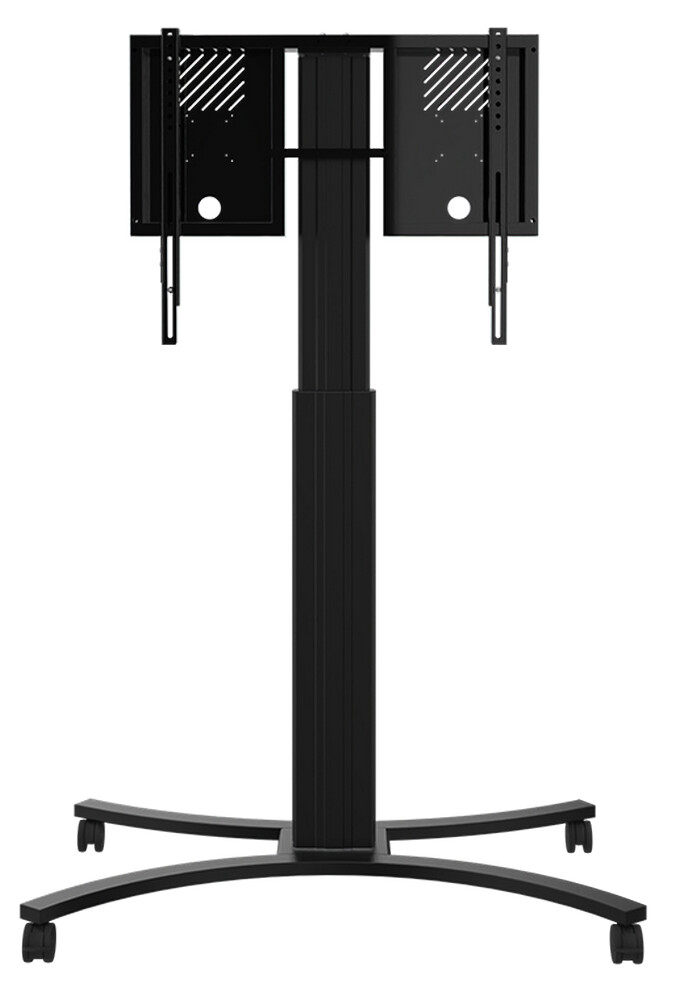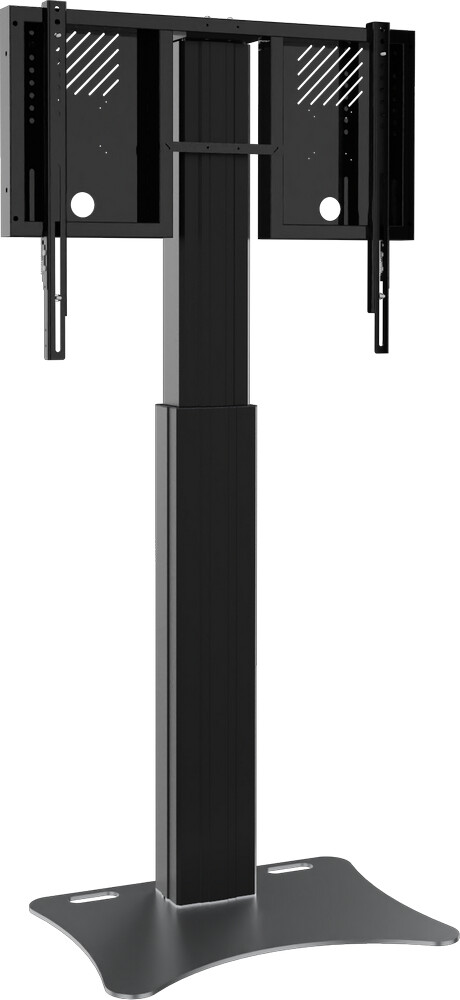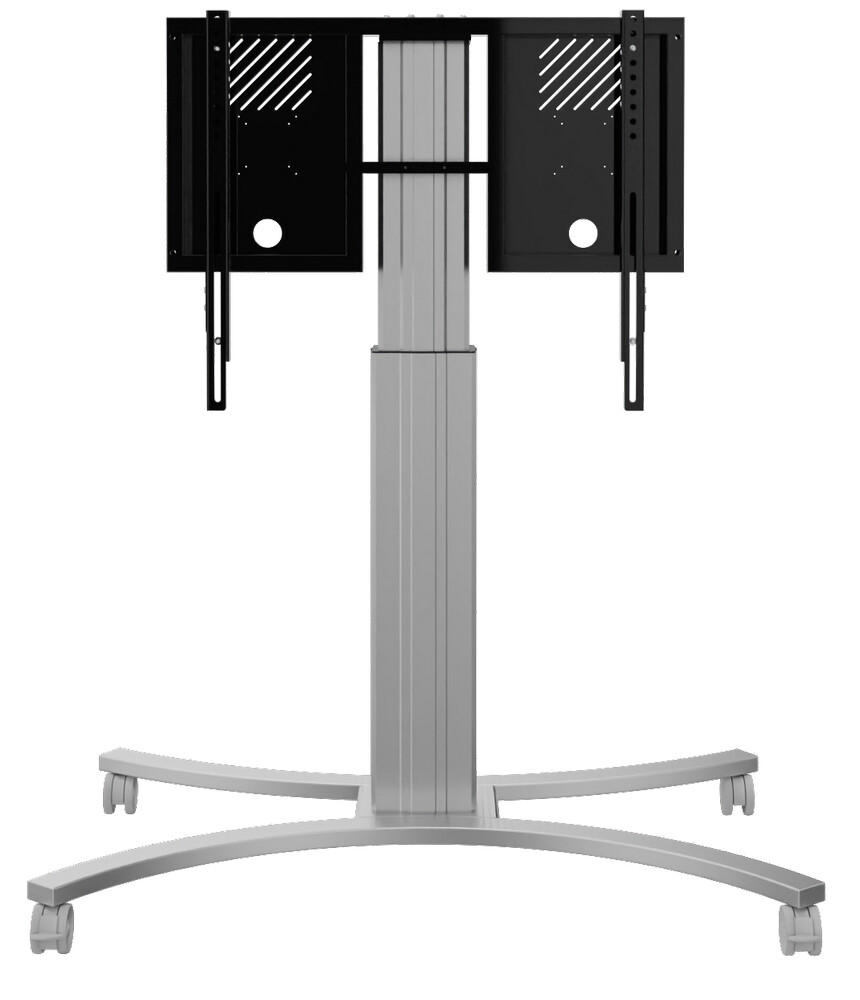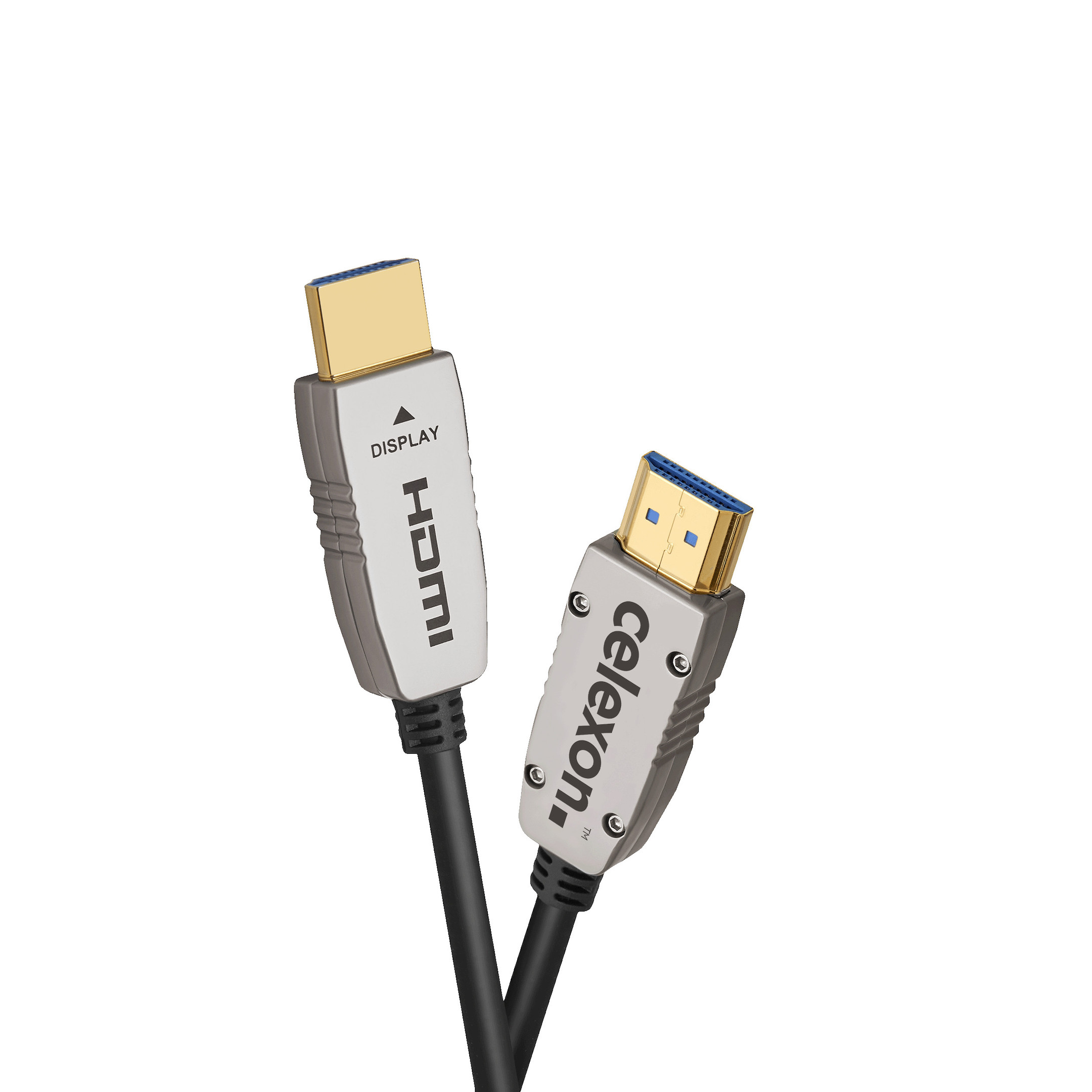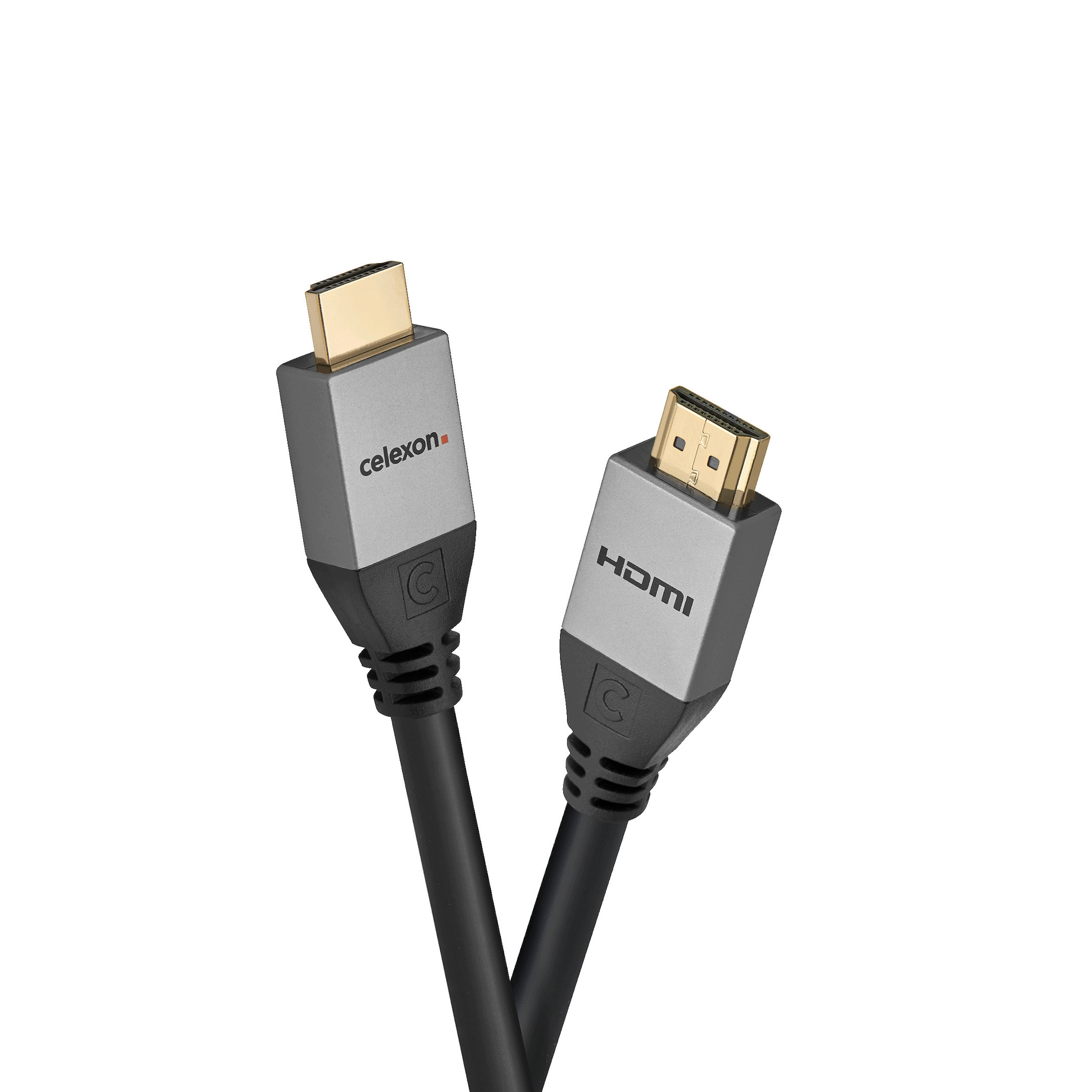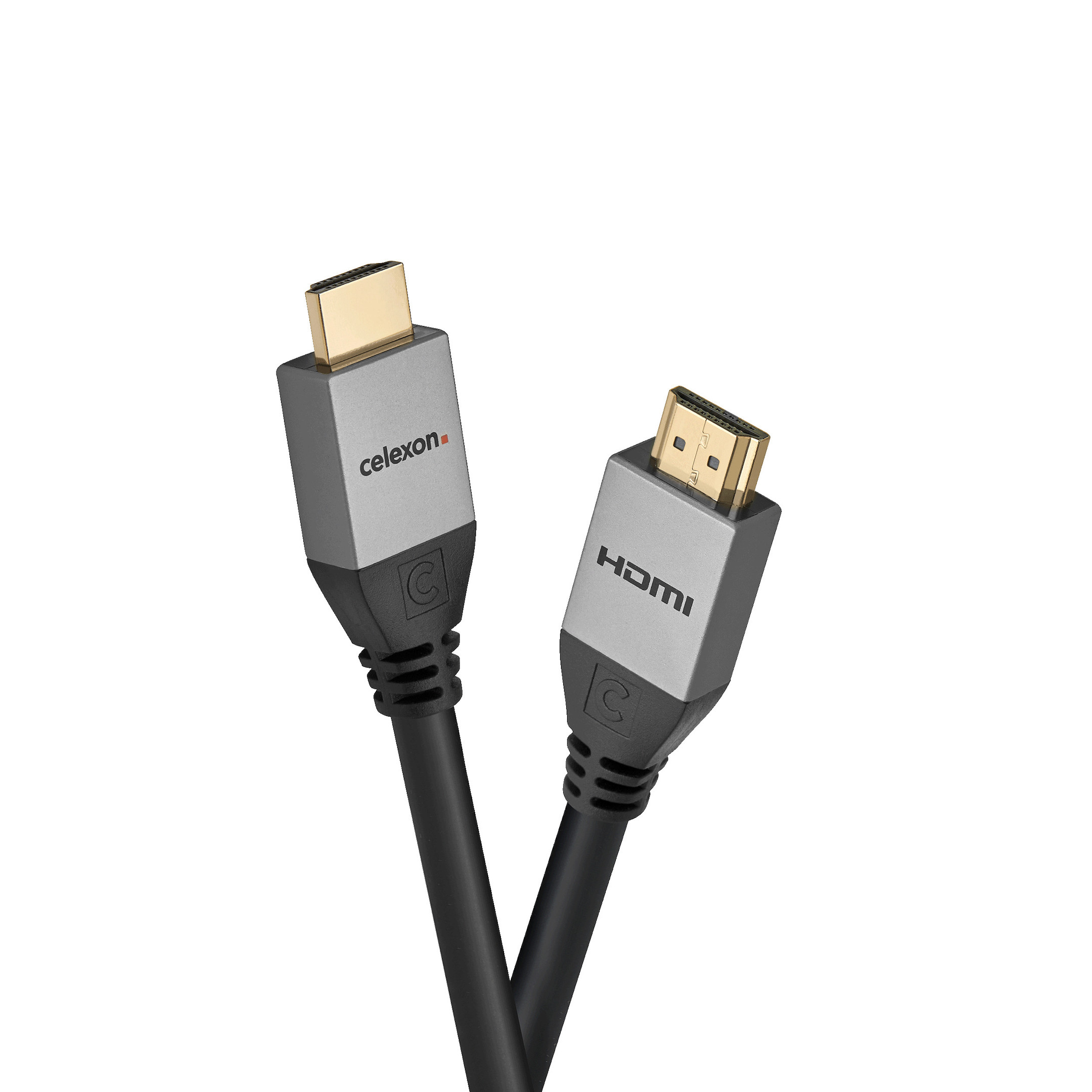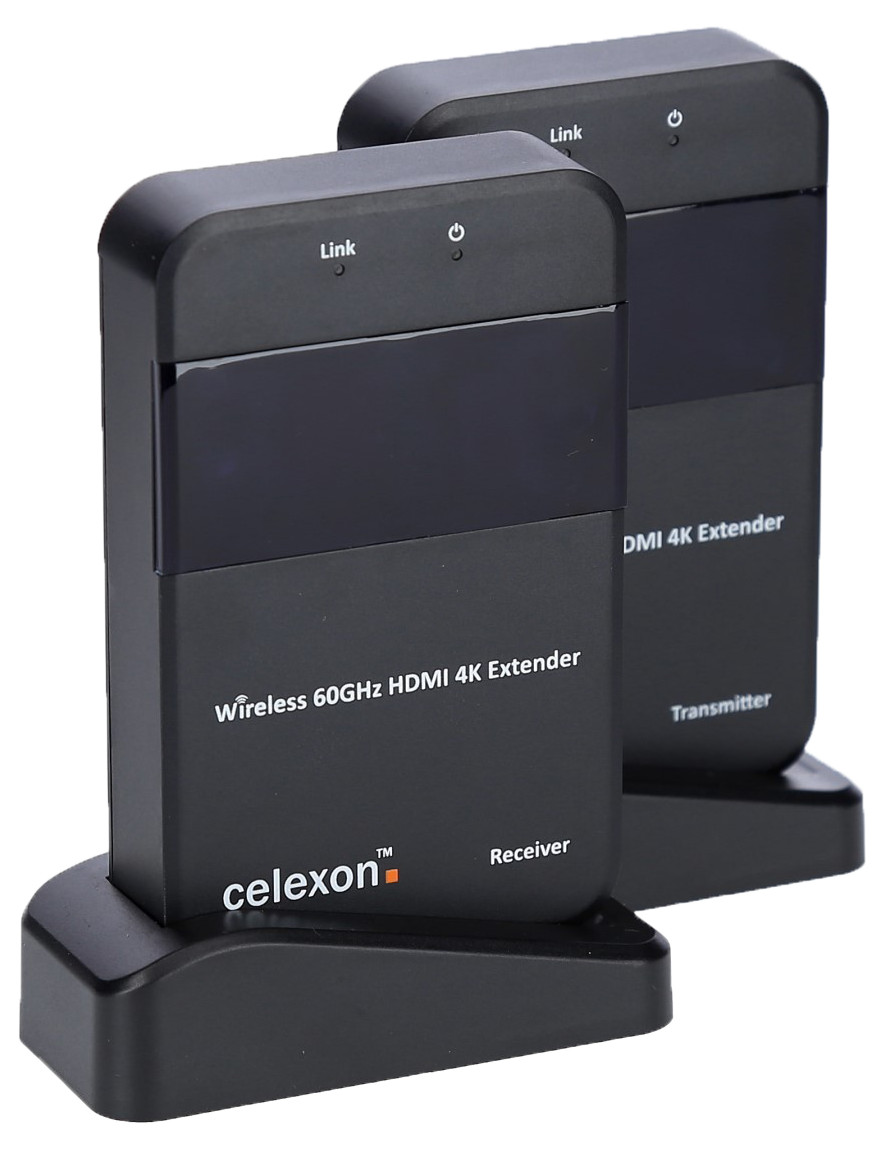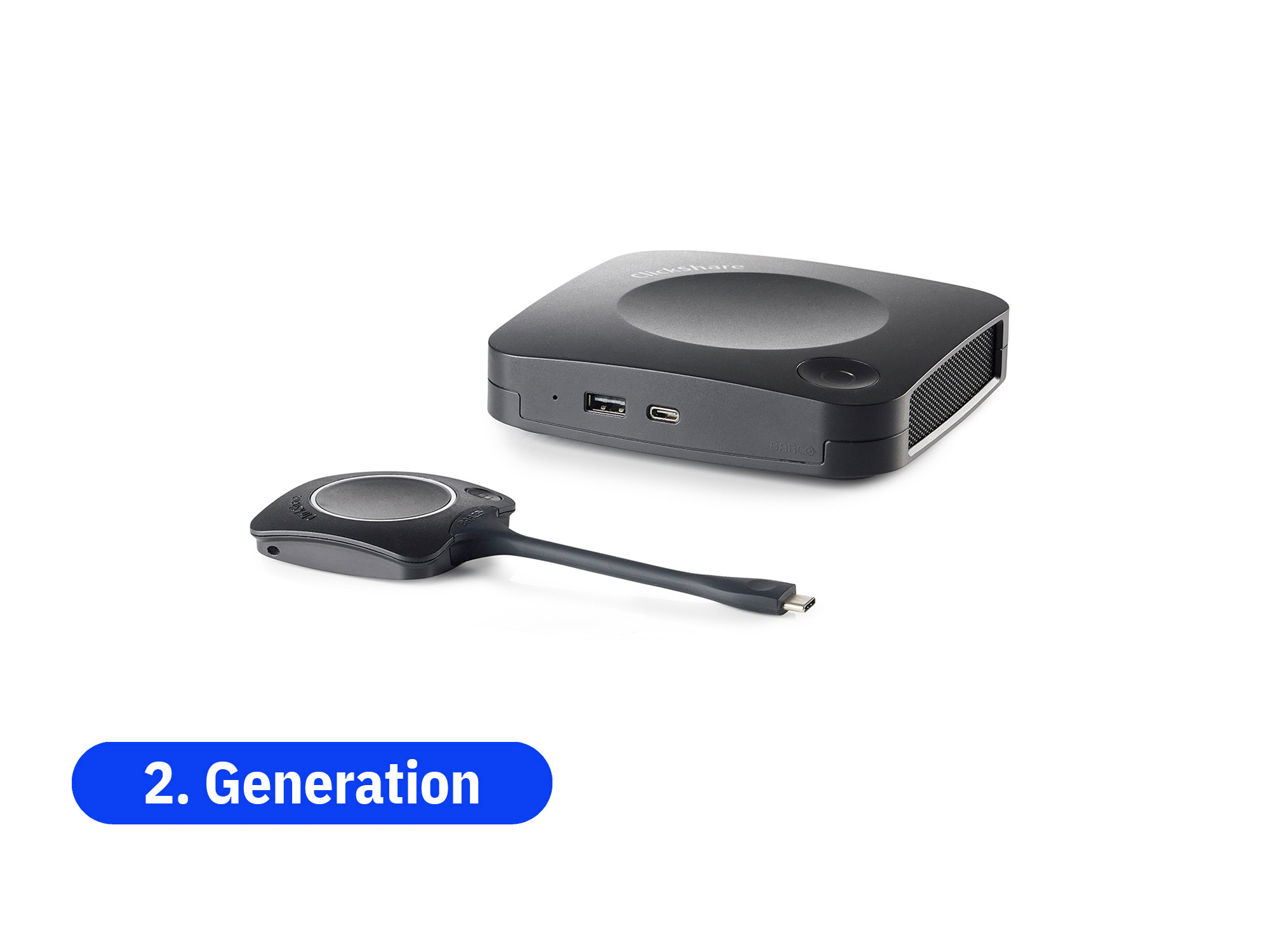
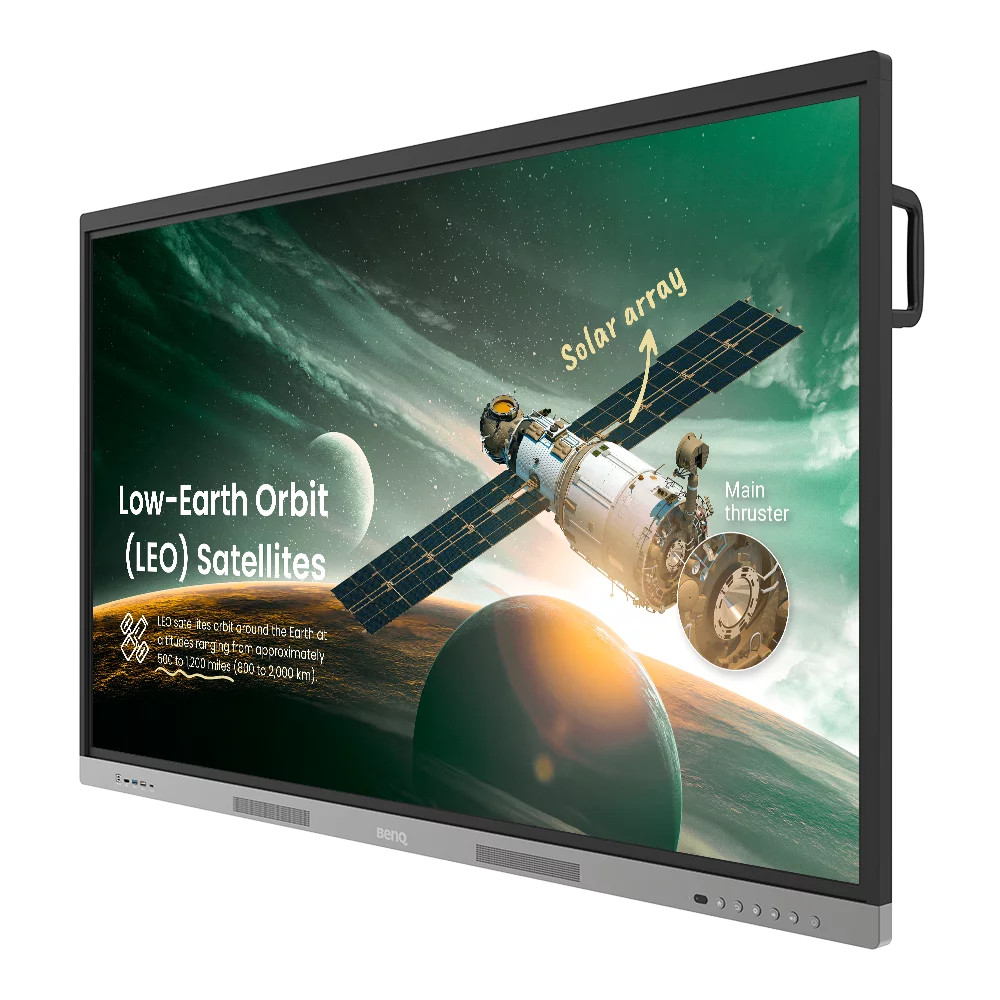


























£2,499.00*
- Resolution 3840 x 2160 4K UHD
- Max. Brightness 400 cd/m²
- Panel type IPS
- Contrast Ratio 1,200 :1


Frequently purchased together
Product information
RE7503A - 75-inch interactive monitor for schools and kindergartens
- Advanced privacy for hours of instruction
- 40 touchpoints allow multiple students to work simultaneously
- Handwriting recognition and translation of dozens of languages in the whiteboard application
- Powerful sound thanks to built-in 2×20W speakers
Vision protection for teachers and students
Students and teachers can rely on the RE03A's eye protection features to keep their eyes safe. BenQ uses blue light reduction and flicker prevention technologies to reduce eye fatigue, while the glare-free 4K screen ensures crisp and clear images.
Create your teaching style
The RE Series gives you unrivalled flexibility in your classroom. Take advantage of BenQ's complementary educational features suitable for both traditional and innovative teaching styles.
A new kind of whiteboard

Enhance learning with EZWrite, a dynamic whiteboard with all the tools you need to make your lessons more engaging. Open a variety of lesson files, save your progress for later use, and export them to share with students when you're done. Plus, with EZWrite, students can collaborate from anywhere.
Change the way you share

Don't have an HDMI cable? That's not a problem. Share RE03A content wirelessly from anywhere in the room. Display classroom materials from your laptop or let students share their screens with InstaShare 2.
Widgets
Add widgets like sticky notes, calendars and more to display information relevant to you and your students.
Favourites
Display your most used apps directly on the home screen to make your lessons more effective.
Take notes anywhere

Use the integrated floating tool to write or capture screenshots and videos in any application, website, document or image.
Ports on the front

The I/O ports on the front, including a fully functional USB Type-C port, provide quick access to USB charging and touch functions.
All the essentials at your fingertips

One-touch access to the sidebar, where you can easily switch between apps, launch the whiteboard, return to the home screen and much more.
Exceptionally powerful sound
The 2 x 20 W speakers on the front provide crystal-clear sound that reaches every student in the classroom.
Designed for IT administrators
BenQ's comprehensive management ecosystem makes managing devices, applications and user accounts easier than ever, helping IT staff and administrators save time and increase productivity.
Keep users on the same page

Optimise account management by synchronising accounts with user lists in Google Workspace, Microsoft Entra ID (formerly Azure Active Directory), ClassLink, AD/LDAP servers or other SAML-based identity providers.
Manage from anywhere

Easily send firmware updates remotely, install applications and set policies for BenQ cards. You can even set startup and shutdown times - all from a single dashboard.
Technical data
| Name | BenQ RE7503A 75" Touch display |
|---|---|
| Article number | 1000030053 |
| GTIN/EAN | 4718755093142 |
| Manufacturer SKU | 9H.F9TTB.DE1 |
| Model name | RE7503A |
| Brand | BenQ |
| Product Type | Touch display |
| Product Series | BenQ RE Series |
| Technology | LCD |
| Panel type | IPS |
| backlight | Direct-LED |
| Resolution | 3840 x 2160 4K UHD |
| Diagonal | 75" |
| Aspect Ratio | 16:9 |
| Viewing angle - Horizontal | 178° |
| Viewing angle - Vertical | 178° |
| Contrast Ratio | 1,200 :1 |
| Screen finish | Matt |
| Max. Brightness | 400 cd/m² |
| run-time | 18/7 |
| Response time | 8ms |
| Support - VESA | 800 x 400 |
| Frame width | 15 mm |
| Inputs | 1x 3,5mm Jack , 1x Displayport , 1x USB-C , 2x Ethernet , 2x USB-B , 3x HDMI , 4x USB-A |
| Outputs | 1x 3,5mm Jack |
| Features | Integrated speaker , Touch screen |
| Product width | 170.57 cm |
| Product height | 103.23 cm |
| Product depth | 9.02 cm |
| Weight | 50.4 kg |
| Colour | Black |
| EEK Spectrum | A to G |
| Delivery contents | HDMI Cable , Power cable , Remote control , USB-C Cable , USB cable , VGA cable , mount |
| Condition | New |
| Warranty | 36 Month |
| Warranty type | Onsite Repair Service and support information |
Product safety
| Person responsible for the EU |
|---|
| BenQ Deutschland GmbH |
| Essener Str. 5 |
| 46047 Oberhausen |
| Germany |
| support@benq.eu |




